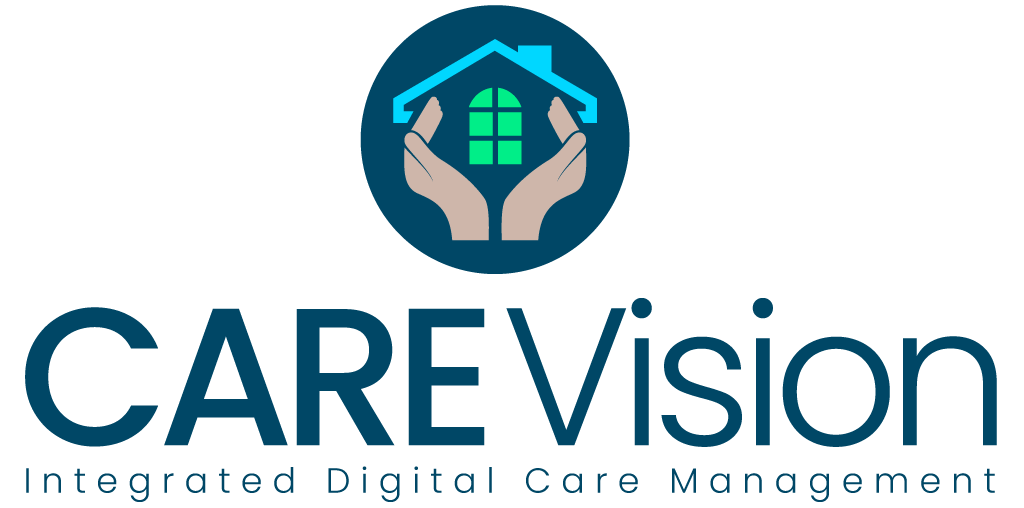The ability to detect warning signs that someone is about to become unwell, or have an existing medical condition worsen, is crucial for carers working with older and vulnerable people. The more time staff have to react, the more likely it will be that something meaningful can be done to stop the decline. Care Vision’s NEWS2 is a highly effective tool that supports care staff in this essential work.
What is NEWS2?
NEWS2 from Care Vision is based on the widely used ‘National Early Warning System’ that came into being in 2012 and was updated in 2017. It is due another update very soon. NEWS2 is a nationally recognised system of scoring vital signs and symptoms. It helps staff respond to acute illness and standardise assessments so that the different medical professionals involved in a person’s care can work from the same results, scores and responses.
There are six parameters that make up NEWS2 scores:
- Respiration rate
- Oxygen saturation
- Systolic blood pressure
- Pulse rate
- Level of consciousness or state of confusion
- Temperature
Rather than inputting precise temperatures, pulse rates etc., users simply allocate a score to each parameter. Scores go from 0 to 3 for each section, and are based on whether the person allocating them considers it to be of low, medium or high risk. These score them inform who responds and how. The final scores are aggregated, with additional points added for people needing additional oxygen to keep their saturation levels up. An aggregate score of 7 or above is considered to be high risk.
Why use Care Vision NEWS2?
As with so many clinical reports and assessments, the NEWS2 system requires the ‘paperwork’ to be completed correctly and quickly. This gives care and medical staff the best possible information source and time to act on anything concerning. The huge benefit of switching this system over to a digital format within Care Vision is that it allows users to ensure both accuracy and speed. Care Vision has designed its NEWS2 interface to be easy to use, clear to understand and simple to share with other relevant care givers.
NEWS2 is accessed via the individual resident’s care records so that staff can be sure they have the right person. As each score is entered, the system calculates the overall score and advice to help with monitoring and emergency response as required. The information is also automatically imported into other key charts, again to save time and help prevent data entry errors.
How to make the best use of NEWS2 and Care Vision
Care Vision customers have access to a comprehensive, easy-to-use digital version of NEWS2 that aligns with the national layout and standard for the invaluable assessment tool. To make the best use of it, carers should ensure that it is kept up to date with accurate scorings for each resident. This enables all medical staff, clinicians, carers etc. to keep track of their vital signs and key symptoms. It also helps them assess whether a resident’s condition is getting better, staying the same or declining at a simple glance. This can be extremely useful.
In order to understand its scope, full training should be provided on its use, as part of wider instruction on how to use the whole Care Vision system. Guidelines are provided around which temperature ranges or pulse rates, for example, should, be scored as 0, 1, 2 or 3. NEWS2 is due for a further update this year, so carers should keep an eye out for updated guidance and advice. There are also several online resources and websites, including the NHS, that offer further guidance and updates on how to use NEWS2 and interpret vital signs for scoring purposes. The information provided via NEWS2 should also be included in all reports and updates to allow rapid dissemination of information – which in some emergency cases could quite literally be live-saving. It should also be compared to the NEWS2 scores provided by other care facilities that are involved in the resident’s care, such as hospitals or dental surgeries. That way, if there are any discrepancies in scoring, this could highlight an unusually rapid change that might indicate a sudden deterioration or onset of a medical emergency.





